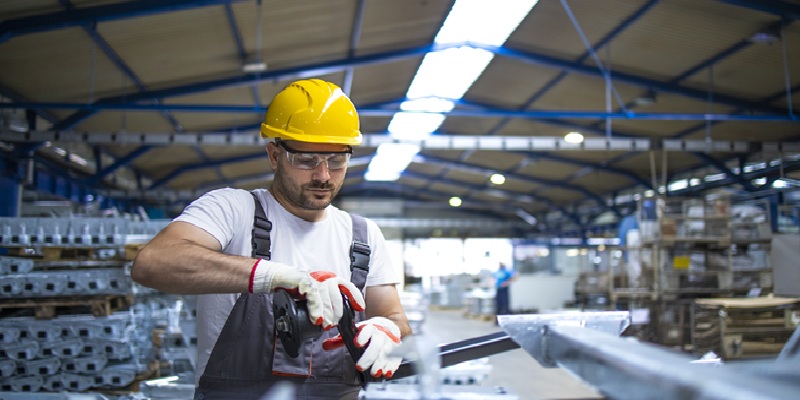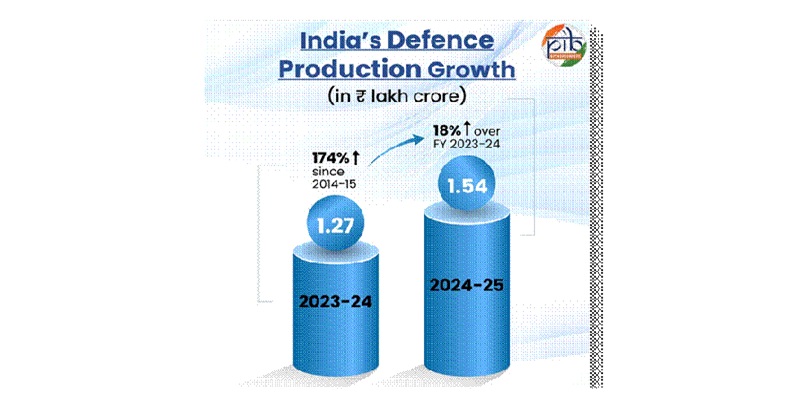Schedule a Call Back
AI and manufacturing are becoming inseparable and it's changing smart factories
 Articles
Articles- Jul 21,23

Related Stories

India’s Manufacturing, Services Growth Slips to Six-Month Low
Composite PMI eases to 59.9 in Nov., though overall expansion remains strong.
Read more
GameChange Solar to Boost India Transformer Output Sixfold
New GameChange BOS unit to expand transformer capacity through multiple factories in India.
Read more
India’s Defence Production Hits Rs 1.27 Trillion, Driven by Reforms
Record output reflects decade of policy reforms, rising exports and strong domestic industry.
Read moreRelated Products

Fanless Industrial Pc for Smart Manufacturing
CONTEC Launches BX-M4600 Series - Fanless Industrial PC for Smart Manufacturing.












